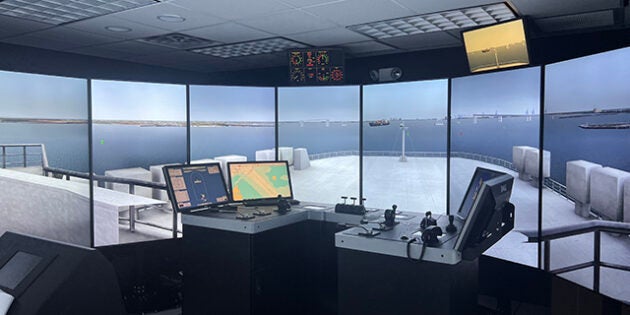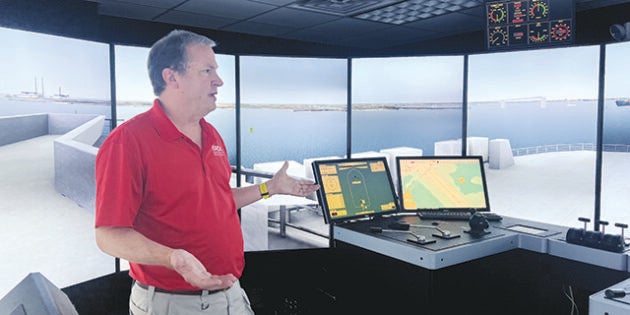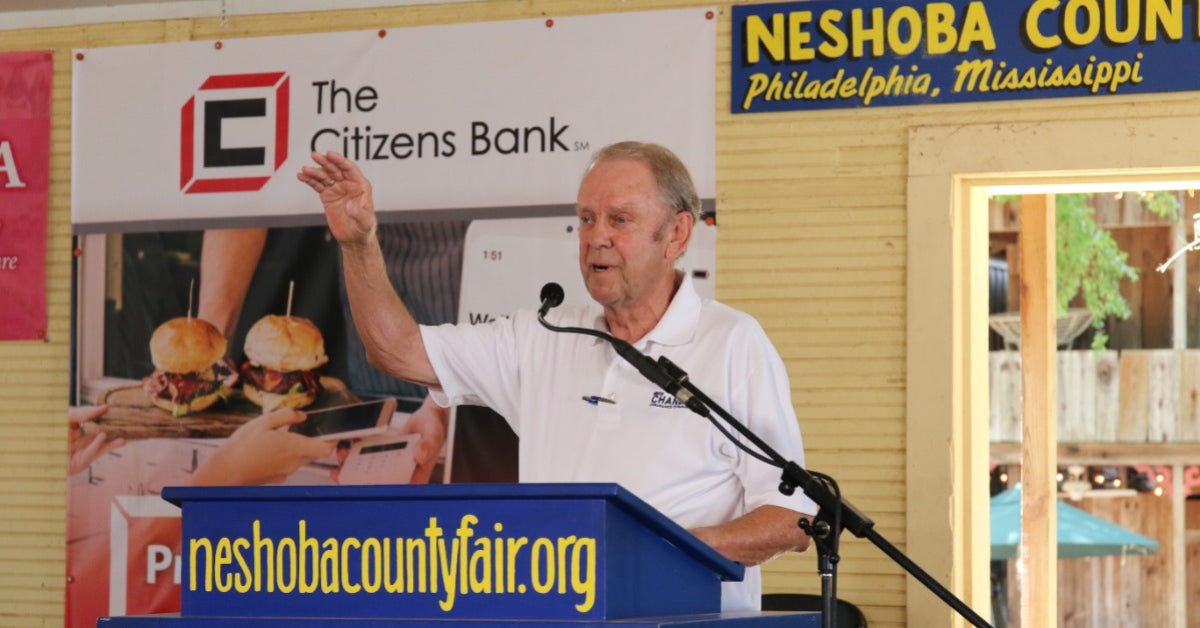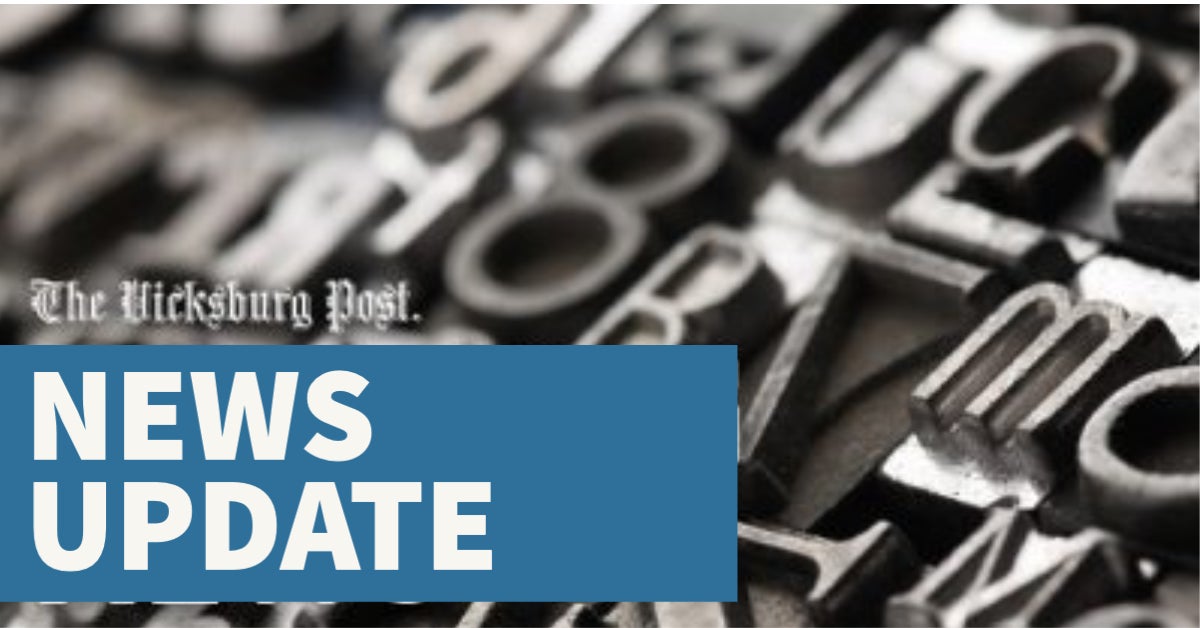Simulating a solution: ERDC works to help reopen port following Baltimore bridge collapse
Published 10:32 pm Friday, April 12, 2024
As crews continue working to clear the wreckage beneath the collapsed Francis Scott Key Bridge in Baltimore, strategies for how to best undergo the mission to reopen the port are taking place in Vicksburg.
Dr. Keith Martin, a research physicist with The U.S. Army Engineer Research and Development Center (ERDC), said simulations have been underway at ERDC this week with boat captains from the Baltimore area. The overall goal, he said, is to find the best possible way to navigate around the ship itself, which has been stranded in the water since the March 26 collision and is blocking the port’s main shipping channel.
Martin said, in order to accomplish that goal, ERDC has set up bays with nearly 360-degree simulations of the Patapsco River, where the accident occurred.
“This is the Baltimore area and an actual representation of the ship that hit the pier,” Martin said during a tour of the facility Friday morning. “We’ve got to get around that (ship) in a small bypass channel. This part of this is for us to assess the viability of that channel.”
Martin said the main navigation channel involved is 750 feet wide and 50 feet deep. The bypass channel, by comparison, will be 280 feet wide and 35 feet deep.
“We’re decreasing how much space they have while they’re still trying to do salvage operations, because we want to get the
port back open, at least on a more limited basis, to get things in and out,” he said.
“We now have two alternative channels that are open. We have a third channel that’ll be open this month that will deal with the majority of traffic into the port of Baltimore. And by the end of May we hope to have the entire channel reopened,” Sen. Ben Cardin told the Associated Press Tuesday.
Martin said ERDC’s part in that process includes helping reopen that port in an attempt to avoid economic repercussions that could affect the U.S. as a whole.
“Baltimore is the largest roll-on, roll-off cargo port in the nation,” he said. “That means cars, trucks, bulldozers. For those vehicles you drive on the highway or that you see on a construction site, a lot of that comes in through Baltimore. It’s a big deal. The other thing that is there, is it is also a major coal-exporting terminal. So, the coal keeps coming into the ports and it’s just turning into this mountain of coal on the side of the harbor.”
Martin said ships navigating the channel can be anywhere from 650 to 1,000 feet long. By comparison, ships routinely moving through Vicksburg along the Mississippi River are barges, rather than ocean-going vessels.
“If they move 15 barges (on the river), a barge will hold maybe 2,000 pounds per barge. You multiply that by 35 barges and they’re moving a lot of cargo, just in a different way.”
Adding to the difficulty of moving such large ships through a smaller passage, Martin said, is the fact that all the operations the
ERDC is helping to map out are occurring at night.
“If they navigate during the day, they would affect salvage operations,” he said. “So we want to stay completely away so the salvage operation can get done sooner.”
The Vicksburg District was tapped for the project, he said, because of its focus on engineering.
“You can find similar technology in a lot of places around the country, but they are run by mariners. Their job is to teach people how to drive vessels. We can set the experiments and run the right kind of experiments to figure out, ‘Are these channel designs
appropriate? Are they safe?’ And we can do none of this without the maritime industry. Because we bring in the pilots from the area. They’re the ones that actually drive the simulators and give us feedback.”
Once simulations are complete, Martin said ERDC will report back to the Baltimore District of the Corps of Engineers with its
findings.
“This is a quick response for us,” he said. “We want to make sure the channel will support a given set of ships that the pilots and the port and the Corps of Engineers agree upon.”







